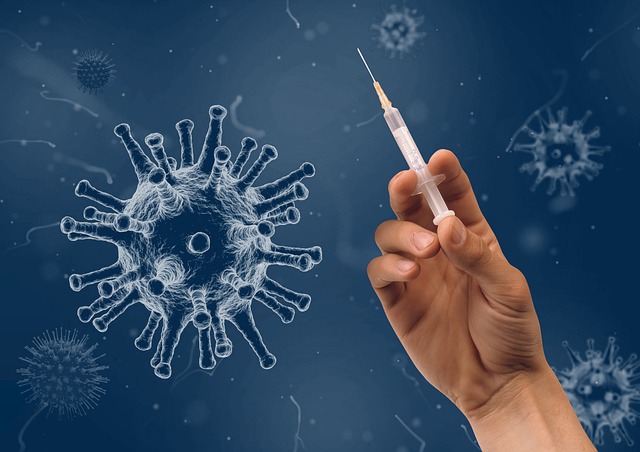As a vital part of the healthcare system, pharmacies play an important role in providing medications, therapies, vaccines and critical health services to the public. It is important to ensure the continued function of pharmacies during the COVID-19 pandemic.
During the pandemic, pharmacy staff can minimize their risk of exposure to the virus that causes COVID-19 and reduce the risk to customers by using infection prevention and control and social distancing principles.
Advise staff who are sick to stay home
- Ensure that pharmacy staff who have fever or respiratory symptoms stay home and away from the workplace until they have recovered.
- Ensure sick leave policies are flexible, non-punitive, and consistent with public health guidance and that employees know and understand these policies.
Recipe filling
Although the actual process of preparing medications for dispensing is not a direct patient care activity, the other components of medication dispensing, such as ingesting prescription medications, patient counseling, or patient education, can expose the pharmacy staff to people who may have respiratory illnesses.
In addition to following workplace guidance, pharmacy staff should:
Provide hand sanitizer at counters for customer use and have sufficient and easy access to soap and water or hand sanitizer for staff.
Encourage all prescribers to submit prescription orders by phone or electronically. The pharmacy must develop procedures to avoid handling paper prescriptions , in accordance with appropriate state laws, regulations or executive orders.
Preparing and dispensing prescriptions does not require the use of personal protective equipment (PPE)
- After a prescription has been filled, the packaged medication can be placed on a counter for the customer to retrieve, rather than being handed directly to the customer.
Other strategies to limit direct contact with customers include:
|
Use strategies to minimize close contact between staff and customers and between customers:
|
Use administrative controls, such as protocols or changes to work practices, policies, or procedures, to keep staff and customers separate:
|
Reduce risk during COVID-19 testing and other close-contact pharmacy care services.
Pharmacies participating in public health testing for COVID-19 should contact local and state public health personnel to determine which individuals meet the criteria for testing. State and local health departments will inform pharmacies of procedures for appropriately collecting, storing, and shipping specimens, including after hours or on weekends/holidays. Some pharmacies include self-collection options.
Pharmacy staff performing COVID-19 testing and other close-contact patient care procedures that are likely to result in coughing or sneezing, aerosolization (e.g., influenza and strep testing) should be provided with appropriate PPE .
Personnel using respirators must be familiar with proper use and follow a complete respiratory protection program that meets the OSHA Respiratory Protection standard (29 CFR 1910.134).
Staff must also be trained in the proper donning and donning of PPE equipment.
















